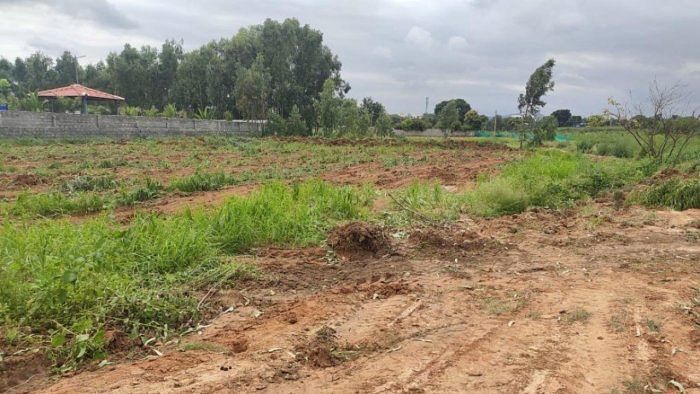
Land and politics are intertwined and it is extremely onerous to separate the two. Politics is very much integral to land in terms of not who owns or controls it, but who appropriates resources over land. Land is also an asset or a natural resource that has been incessantly used by the state on the pretext of development, protecting the masses, using it for public purpose, preventing its misuse or protecting the rule of law.
In independent India, the trajectory for expropriating land by the state began early, in the Nehruvian era when it was acquired for development purposes. India embarked on the goal of achieving self-reliance by building dams, heavy industries, steel and power plants, which resulted in the mass displacement of native, indigenous and tribal communities without adequate rehabilitation and compensation measures. The action of the state was justified then in the name of serving a larger interest of the society and for leading the nation towards Atmanirbharta.
The Hirakud Dam Project (1946-57) displaced one lakh people and submerged 325 villages (291 in Odisha and 34 villages in the then undivided Madhya Pradesh) that accounted for 1,83,000 acres of land, including 1,23,000 acres of cultivated land.
After six decades, several displaced communities still await for rehabilitation and compensation. The National Human Rights Commission (NHRC) took cognisance of the issue and questioned the action by the Odisha government to banish the rights of the displaced communities by asking them to produce evidence for homestead land.
The commission noted that “it’s quite impossible to show documentary proof after 65 years of displacement…neither the government has all the records of displacement nor any survey has been undertaken on the issue”.
This explicitly shows the lackadaisical approach on the part of the state to protect the interests of the indigenous communities on their land.
The latest instance of the demonstration of power politics over land is the use of bulldozers in many states including Delhi, Madhya Pradesh and Uttar Pradesh. The machine was used as a symbol of divisive and schismatic demonstration of power against the most vulnerable sections of the society. The bulldozer has been used as a weapon of severe punishment against a targeted community. The vindictive action by the state raises pertinent concerns regarding the due process.
In the Jahangirpuri demolition drive, the actions of the North Delhi Municipal Corporation (NDMC) were in abeyance with the direction of the Supreme Court that had ordered a status quo on the demolition drive. Similar action was taken by the Madhya Pradesh government that used bulldozers to severe action against those responsible for Ram Navami violence; even a house built under the Pradhan Mantri Awas Yojana (PMAY) was not spared. It was just at a day’s notice that the house of Md. Javed, who was accused of violence on June 10, was reduced to a rubble without following the due process. This was clearly in violation of Section 27(1) of the Urban Planning and Development Act, 1973, which mandates a 15-day prior notice.
The Uttar Pradesh government also justified its actions that demolitions were in fact carried out to check unauthorised constructions and were in accordance with the rule of law. The actions by the state explicitly demonstrates its use of power against religious minorities. Such injudicious action by the state contravenes with Article 21 of the Constitution that says, “No person shall be deprived of his life and personal liberty except according to the procedure established by law”.
In conclusion, land has been used as an instrument by the state to exemplify its power against the vulnerable and the downtrodden. Such actions by the state speaks of its high handedness and majoritarianism.
It certainly forgoes the basic principle that those who are at the helm derive their authority from the people of India and no action by the state can violate the rule of law and the fundamental rights of cities as guaranteed by our Constitution.
(The writer is Assistant Professor, Department of Political Science at St. Xavier’s College, Jaipur.)